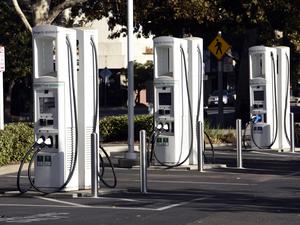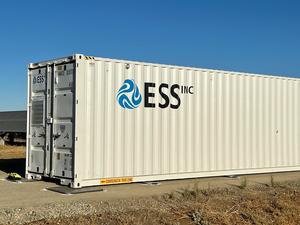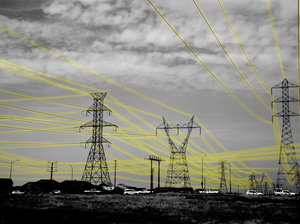
New York-based solar photovoltaic developer D.E. Shaw Renewable Investments announced this week that its 100-megawatt Drew Solar facility has reached commercial operation, delivering power to the Sacramento Municipal Utility District.
It's the latest in a number of large-scale solar projects SMUD is supporting to meet its ambitious goal of achieving zero carbon by 2030.
"Our vision for a carbon-free energy future centers on collaborative partnerships and the expansion of renewable energy," said Lora Anguay, chief zero-carbon officer at SMUD, in a news release. "This solar project is another example of SMUD's vision and dedication to sustainability, decarbonization and affordable energy solutions."
The Drew Solar farm is in Imperial County, which is in the Sonoran Desert just north of Mexico. The first part of the array came online last winter, and the entire array is now fully functioning, D.E. Shaw said.
In Sacramento County, SMUD is also working with D.E. Shaw on a massive 200-megawatt photovoltaic solar farm in eastern Sacramento County called the Coyote Creek Agrivoltaic Ranch.
It will be the largest solar array in SMUD’s territory, covering 1,200 acres on a parcel that is over 2,550 acres. It will generate enough electricity to cover 5% of the utility’s electrical load. It will also have a 400-megawatt-hour battery storage operation on-site. Coyote Creek is close to an existing 160-megawatt solar array on 550 acres of SMUD land at the decommissioned Rancho Seco Nuclear Generating Station.
And separately in Placer County, SMUD is developing the Country Acres Solar Project, a proposed 344-megawatt solar array with battery storage. That array would be on about 1,170 acres on Baseline Road, a few miles west of the Roseville city limit. The Placer County array would be built on land that is currently used for agricultural production, and it includes some protected wetlands.
All the solar and battery storage projects are being developed to meet SMUD’s goal, set in 2021, to be zero carbon by 2030.
The SMUD goal is set 15 years ahead of California’s statewide zero-carbon target of 2045, which is the most advanced in the country.
SMUD is the sixth-largest community-owned electric provider in the country. Its power mix surpassed 50% non-carbon-emitting power sourced in 2019.









